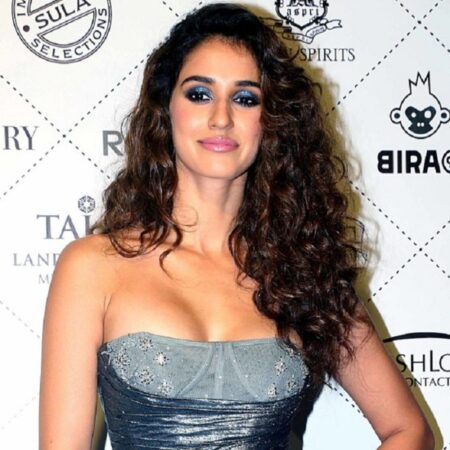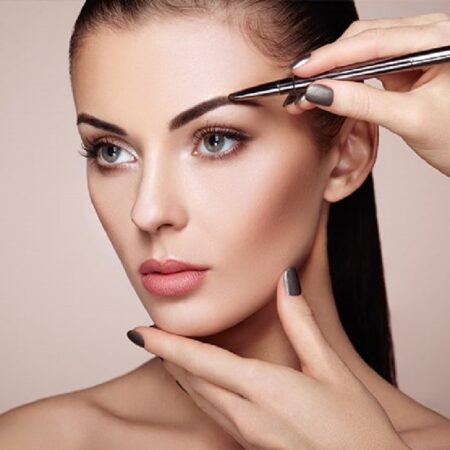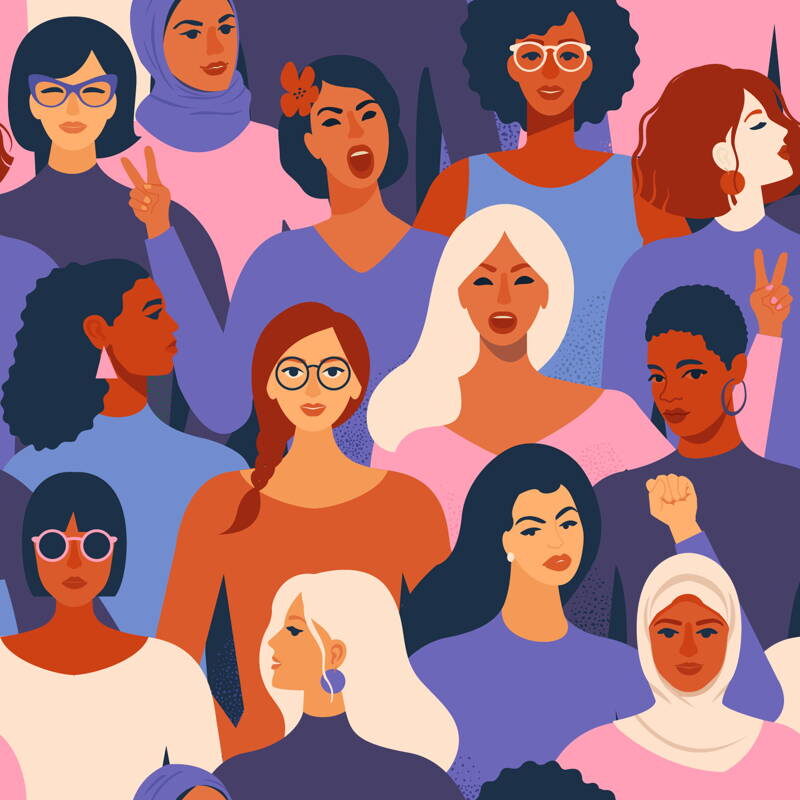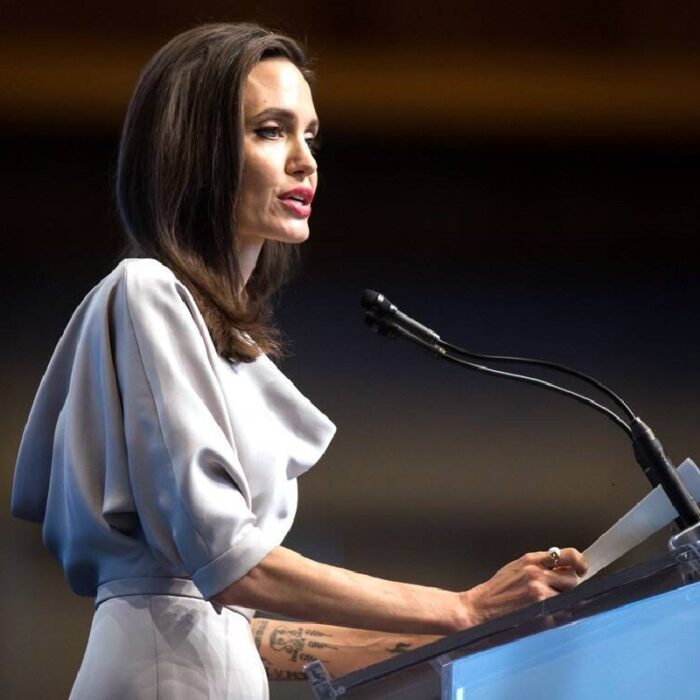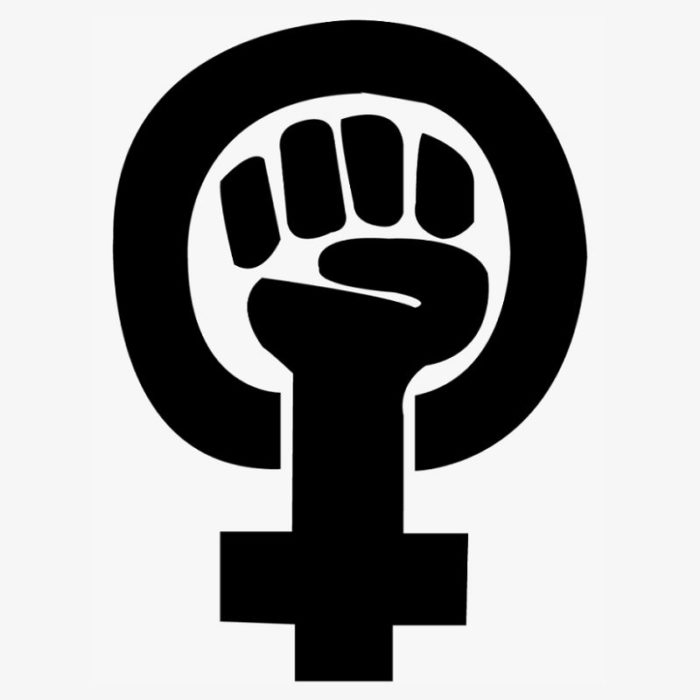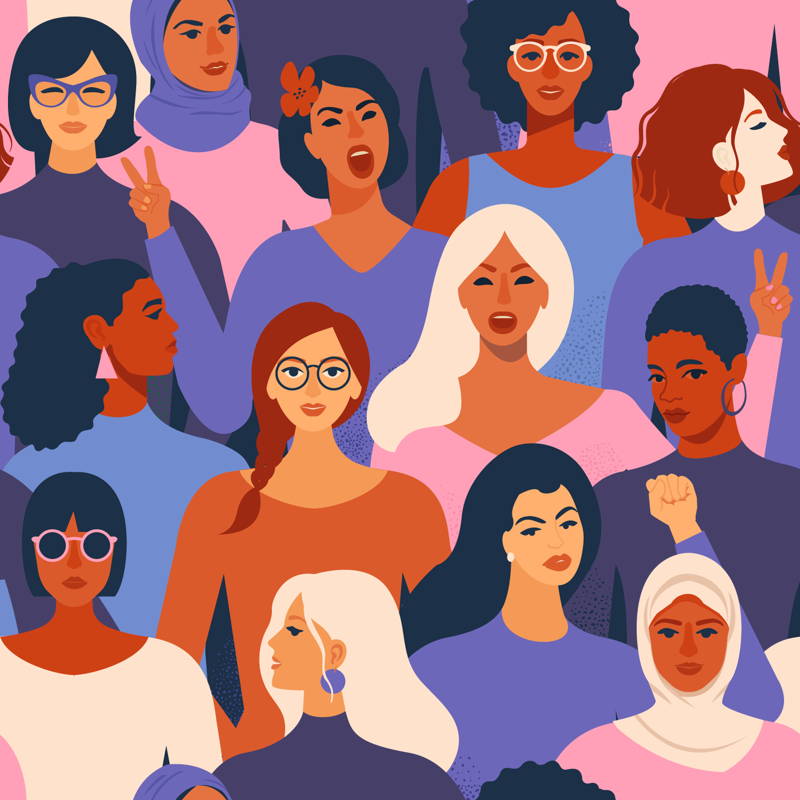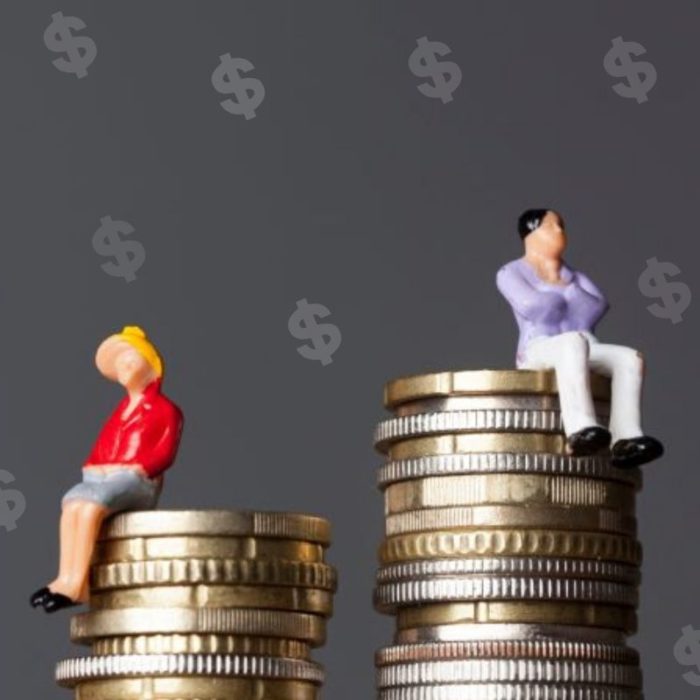All You Need To Know About Gender Equity
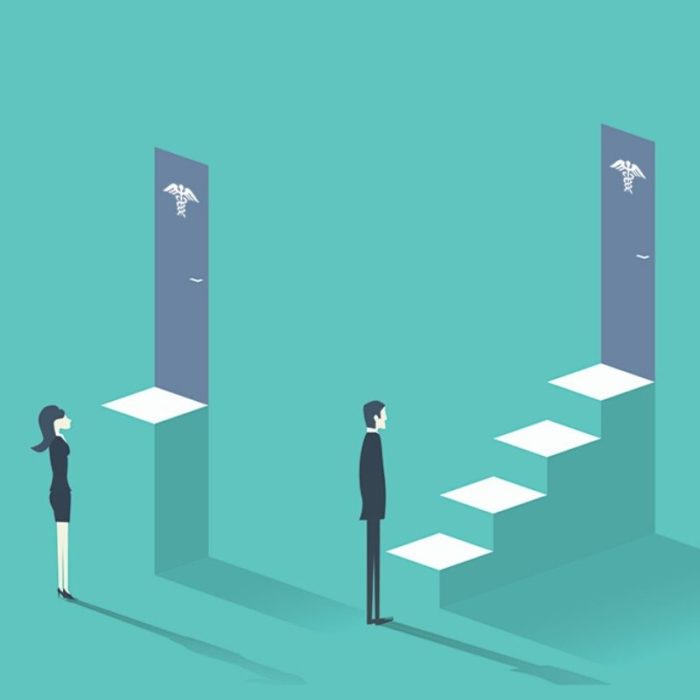
We need gender equality urgently. Find out what gender equality means and why it’s important.
If we need one thing more than ever right now, it is gender equity. The word ‘equity’ is defined as ‘the quality of being fair and impartial.’ While ‘gender equality’ is the state in which access to rights and opportunities is unaffected by gender, it is ‘gender equity’ that sets the stage for gender equality. The two terms may sound similar, but they have distinct meanings. Think of it like this: if equality is our end goal, equity is the means to get there. In this article, we will shed light on the concept of gender equity, why it is important, and why it is everyone’s business.
What Is Gender Equity?
According to the International Labour Organization, the concept of gender equity refers to “fairness of treatment for women and men, according to their respective needs. This may include equal treatment or treatment that is different but which is considered equivalent in terms of rights, benefits, obligations and opportunities.”
In other words, gender equity denotes the process of allocating resources, programs, opportunities, and decision-making fairly to both men and women. Everything has to be 50/50. To achieve it, everyone has to have access to a full range of opportunities.
Why We Need Gender Equity Now More Than Ever
Women make up one half of the world’s population – 49.55% to be precise – yet we are often denied equal access to health, education, political and economic participation. This is not a “women’s issue” – it is a rights issue, and it significantly damages a country’s economic development.
The sad truth is that right now, no country in the world is on track to achieve true gender equality. In fact, at the present rate of progress, it will take another 202 years to reach gender equality globally (1).
It means it will take about six more generations for our great, great, great, great, great, great grandchildren to see a world without gender inequality. That is terrible news not just for our daughters, but also for our sons – because it impacts everyone.
What we need is a thorough analysis of organizational practices and policies that may obstruct the participation of women and girls. Some of these include hiring and recruitment practices, participation rates, resource allocation, and activity programming. But the current scenario looks very, very sad:
- According to a new report by Glassdoor, in the US, men on average earn 21.4% higher base pay than women (2).
- If there is only one woman in your candidate pool, there is statistically no chance she’ll get the job (3).
- In corporate America, men are promoted at 30% higher rates than women during their early career stages, and entry-level women are significantly more likely than men to have spent five or more years in the same role (4).
- There are more CEOs of large U.S. companies who are named David, Steve, and John than there are CEOs who are women (5%) (5).
- Women hold only 21% of the world’s parliamentary seats, and only 8% of the world’s cabinet ministers are women (6).
- Around 60% of the world’s chronically hungry are women and girls (6).
- Gender-based violence is one of the biggest causes of injury and death to women worldwide, causing more deaths and disability among women aged 15 to 44 than cancer, malaria, traffic accidents, and war (6).
Gender Equality Vs. Gender Equity: What Is The Difference?

Gender equality does not always mean that men and women should be treated exactly the same. Biological sex differences are inevitable, so it is reasonable for men and women to have different legal rights in some cases. For instance, only women require maternity leave specifically for pregnancy and birth. (Though the fight for paternity leave is also on the rise right now to encourage men to play a more active role in child-rearing and close the gender wage gap).
Look at it this way: You are riding on a bus on which there are a 30-year-old lady and a 65-year-old man and only one empty seat. Who should ideally get the seat? It is the old man. Although, a female stands as his competition, as per equity, the old gentleman needs the seat more.
What we require in scenarios like these is not equal treatment, but equitable treatment. Equity recognizes the differences in ability and the fact that fairness often requires treating people differently, so they can achieve the same outcome.
At times, gender equity is absolutely necessary to achieve our goal of gender equality because the core of this problem lies in the irrational biases and prejudices that women are routinely subjected to. However, this is not always the case.
While gender equality is concerned with equal opportunities, gender equity is concerned with equal outcomes. There is a clear distinction. To sum it up, gender equity stresses the idea that treating everyone exactly the same is actually not fair. What this does is erase our individual differences and needs, and promotes privilege instead.
Audre Lorde once said, “It is not our differences that divide us. It is our inability to recognize, accept, and celebrate those differences.”
What we really need to do is let go of a single definition of “success” and recognize our differences as unique. The system is flawed not because of these differences, but because it fails to meet everyone’s individual needs.
References
“Closing the Gender Gap” World Economic Forum
“Progress on the Gender Pay Gap: 2019” Glassdoor.com
“If There’s Only One Woman in Your Candidate Pool, There’s Statistically No Chance She’ll Be Hired” Harvard Business Review
“It’s Time for Companies to Try a New Gender-Equality Playbook” The Wall Street Journal
“More people called David and Steve lead FTSE 100 companies…” Independent
“Killer facts on gender equality” Oxfam New Zealand





